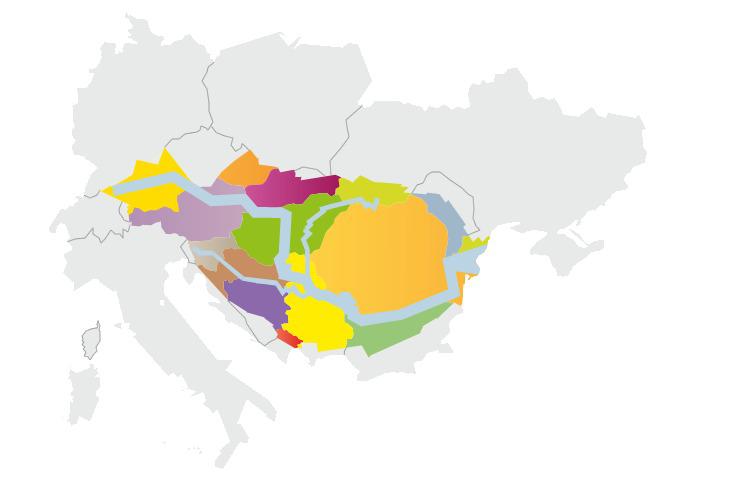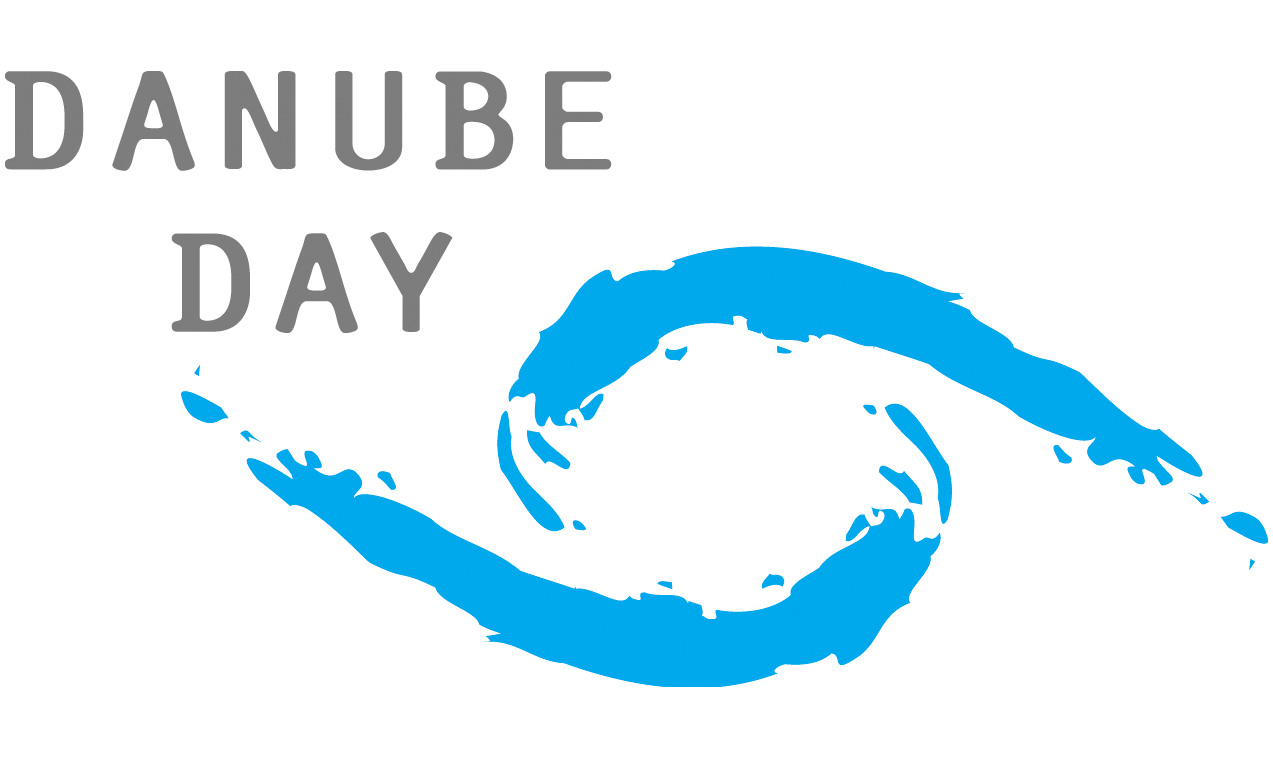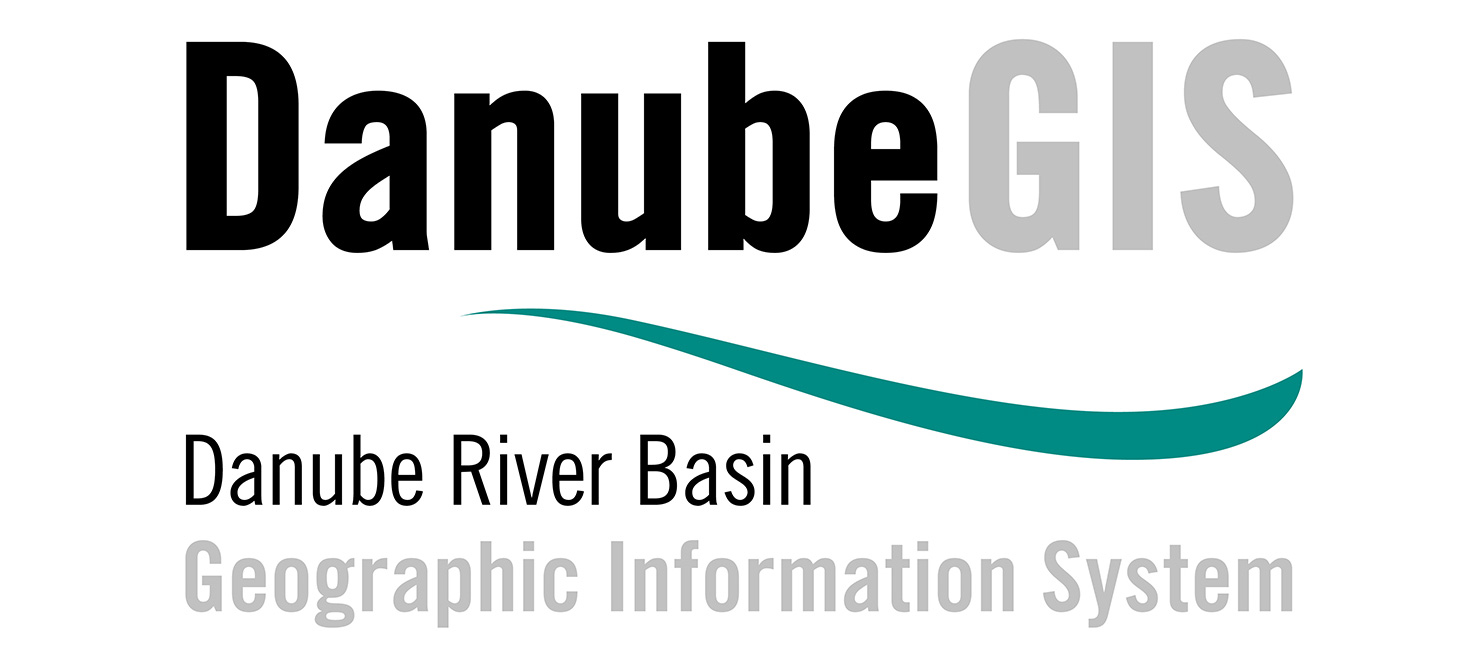National Management Plan Updates 2021
The countries of the ICPDR provide national draft national River Basin Management Plans. The countries invite the public to comment on these draft plans and contribute to their finalisation. Here, you find links to national websites with further information on public consultation opportunities and the relevant national documents.

In addition to tackling issues at the overall basin-level with the Danube River Basin Management Plan & Danube Flood Risk Management Plan, the countries of the ICPDR provide national draft national River Basin Management Plans.
The countries invite the public to comment on these draft plans and contribute to their finalisation. Here, you find links to national websites with further information on public consultation opportunities and the relevant national documents.





